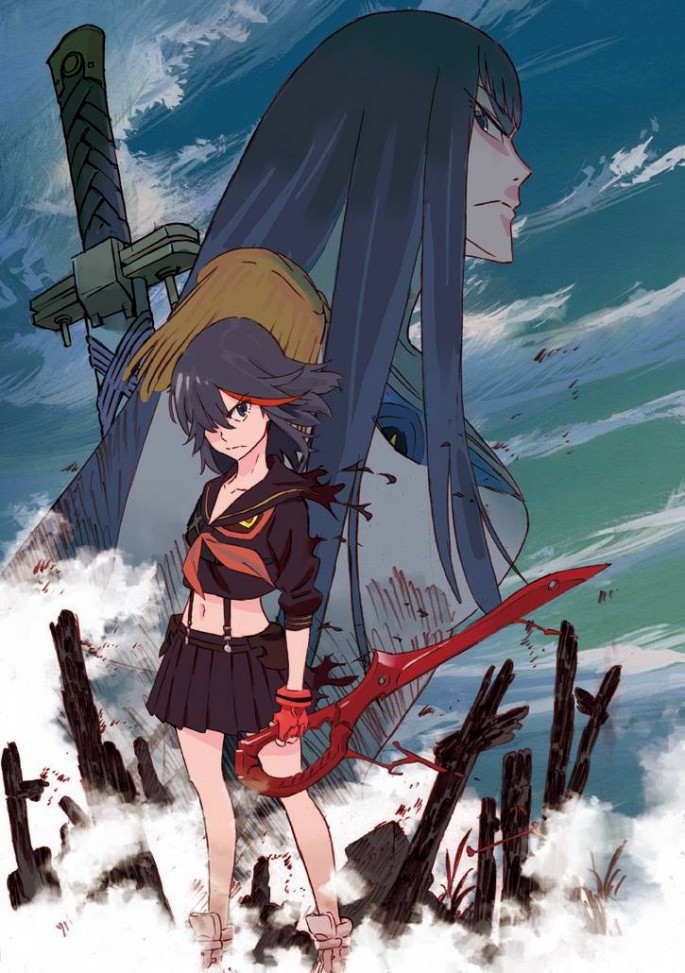Metal Gear Solid Director Kenji Saito confirmed that he would like to make video game adaptations to the two anime series: "Kill La Kill" and "Berserk"
In his Twitter status update, Saito claimed he wanted to make the "Kill La Kill" or "Berserk" series as video game adaptations. As a member of Platinum Games, Saito could achieve the making the video game adaptations on either of these two series, as reported by Geek Snack.
"Kill La Kill" is a Japanese anime series developed by Studio Trigger and directed by Hiroyuki Imashi. It was written by Kazuki Nakashima and it the series premiered in Japan between October, 2013 and March 2014. It lasted for 24 episodes, with an additional OVA episode aired Sept. 3, 2014.
The plot is set in a high school in Tokyo Bay. The members of the Council, led by Satsuki Kiryūin wear the so-called Goku Uniforms which enable them to use superhuman abilities in order to controll the students and school staff.
Ryūko Matoi is a student who arrives at the school in search for the owner of the peson who killed his father. Ryūko comes across a sailor uniform which she names Senketsu and by using her newly acquired special abilities, she stands up to Satsuki along with her group, the Elite Four.
"Berserk" was written by Kentaro Miura. The plot is set in a fantasy world, replicating a medieval Europe time setting. The main characters include Griffith, who is a leader of a mercenary band named Band of the Hawk, and Guts, who is an orphaned mercenary. The two are joined together in their fight against the so-called Apostles, who have made a pact with the so-called The God Hand archdemons.
After being confronted with the Apostles, Griffith dies, leaving Guts and Casca, his lover, alive. Guts begins to hunt down Apostles in order to revenge Griffith's death only to find a reincarnated Griffith on their way. The three engage in a battle with evil and form a new capital called Falconia.
The anime series "Berserk" were produced by OLM, which aired 25 episodes from Oct. 7, 1997 until March 31, 1998. In Japan, from 1998 to 1999, Vap Video released twelve VCD and thirteen VHS videos with two episodes included in each. In 2001, a DVD-BOX comprised of 7 CDs was issued, and these volumes have been released in individual DVD cases in 2003.



























